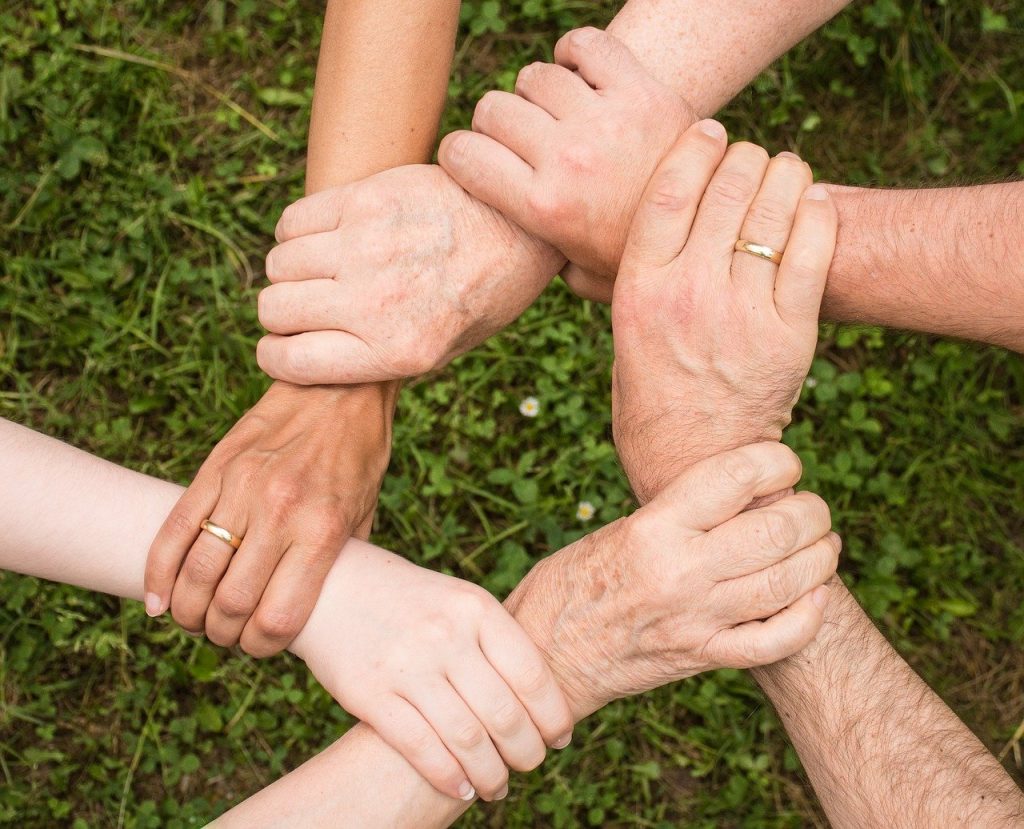Disasters can happen anywhere and at any time. They can be natural disasters such as floods, hurricanes, earthquakes, or man-made disasters such as terrorist attacks or industrial accidents.
Increasing global temperatures have increased the occurrences ofextreme weather conditionslike droughts, storms, and hurricanes. As a result, communities all over the world are at risk of being hit by a disaster.
No matter the cause, a disaster can leave a community reeling and struggling to rebuild. Here are some tips for helping communities bounce back after a disaster.
Donate money or supplies to local relief organizations.
Donatingmoney or suppliesto local relief organizations is essential when a disaster strikes. This will help the community recover and rebuild. Money can be used to buy food, water, and other supplies, and it can also be used to fund reconstruction projects. Supplies can be distributed to those who need them most and can also be used to help rebuild homes and businesses.
Donating money or supplies is a simple way to help those affected by a disaster. It is important to remember that the community will need help for a long time after the disaster.

- Create a central location for donations. This can be a physical space, like a church or community center, or online space, like a website or social media group.
- Designate someone to be in charge of collecting and managing donations. This person will need to be organized and have good communication skills.
- Set up a system for tracking donations. This will help you track what has been donated and is still needed.
- Make sure to communicate with donors about what is needed. This will help ensure that you are collecting the right items.
Organizing and coordinating donations can be a lot of work. But, it is worth it when you see the difference it makes for your community.
Help clear rubble and debris from affected areas.
When a disaster hits, one of the most important things to do isclear rubble and debrisfrom affected areas. This will help make the area safer and easier to work in, speeding up the recovery process. It can also be dangerous to leave debris lying around, as it can cause injuries or even fatalities.
If you can help with this process by clearing away any rubble and debris, you come across. You can make a difference if you have access to heavy machinery, such as excavators or bulldozers. However, even simply using your hands to clear away smaller pieces of debris can be helpful.
Another way you can help is by providing food and water to those affected by the disaster. Many people will have lost everything they own and will be in dire need of necessities. By providing food and water, you can help them to survive and start to rebuild their lives.
The community organization should hold a meeting with all stakeholders to facilitate the clearing operations. The community organization can also work with thebest black motivational speakersto deliver an inspirational keynote during a community meeting. These speakers have unique stories to tell, especially if they also overcame challenges in life.
Volunteer with local disaster relief efforts.
Volunteering with local disaster relief efforts can be extremely important in helping communities bounce back after a disaster. By donating your time and resources, you can help provide critical support to those who need it most. In addition, volunteering can also be a great way to connect with your community and make new friends.
There are a few things you can do to get started if you’re interested in volunteering with local disaster relief efforts:
- Contact your local emergency management agency or disaster relief organization. They will likely be looking for volunteers to help with cleanup and recovery efforts.
- Spread the word about your volunteer opportunity to your friends and family. Ask them to spread the word as well.
- Register for volunteer training courses, if available. This will help you learn how to respond to a disaster situation.
Provide mental health support to those affected by the disaster.
Disasters can be traumatic events that can have a lasting impact onthe mental healthof those affected. It is essential to provide mental health support to those affected to help them heal and recover. Mental health support can include counseling, therapy, and medication if needed. It is crucial to provide this support in a safe and supportive environment so that people can feel comfortable opening up about their experiences.
Following the steps above can help ensure that your community is better equipped to bounce back after a disaster strikes.
Help organize and coordinate donations from the community.
When a community is hit by disaster, they need to have the support of their neighbors. One way to provide that support is by organizing and coordinating donations. This can help ensure everyone has what they need and that resources are managed efficiently. It can also help create a sense of community solidarity, as people come together to help their neighbors in need.
Some tips for organizing and coordinating donations:
- Create a central location for donations. This can be a physical space, like a church or community center, or online space, like a website or social media group.
- Designate someone to be in charge of collecting and managing donations. This person will need to be organized and have good communication skills.
- Set up a system for tracking donations. This will help you track what has been donated and is still needed.
- Make sure to communicate with donors about what is needed. This will help ensure that you are collecting the right items.
Organizing and coordinating donations can be a lot of work. But, it is worth it when you see the difference it makes for your community.
Help clear rubble and debris from affected areas.
When a disaster hits, one of the most important things to do isclear rubble and debrisfrom affected areas. This will help make the area safer and easier to work in, speeding up the recovery process. It can also be dangerous to leave debris lying around, as it can cause injuries or even fatalities.
If you can help with this process by clearing away any rubble and debris, you come across. You can make a difference if you have access to heavy machinery, such as excavators or bulldozers. However, even simply using your hands to clear away smaller pieces of debris can be helpful.
Another way you can help is by providing food and water to those affected by the disaster. Many people will have lost everything they own and will be in dire need of necessities. By providing food and water, you can help them to survive and start to rebuild their lives.
The community organization should hold a meeting with all stakeholders to facilitate the clearing operations. The community organization can also work with thebest black motivational speakersto deliver an inspirational keynote during a community meeting. These speakers have unique stories to tell, especially if they also overcame challenges in life.
Volunteer with local disaster relief efforts.
Volunteering with local disaster relief efforts can be extremely important in helping communities bounce back after a disaster. By donating your time and resources, you can help provide critical support to those who need it most. In addition, volunteering can also be a great way to connect with your community and make new friends.
There are a few things you can do to get started if you’re interested in volunteering with local disaster relief efforts:
- Contact your local emergency management agency or disaster relief organization. They will likely be looking for volunteers to help with cleanup and recovery efforts.
- Spread the word about your volunteer opportunity to your friends and family. Ask them to spread the word as well.
- Register for volunteer training courses, if available. This will help you learn how to respond to a disaster situation.
Provide mental health support to those affected by the disaster.
Disasters can be traumatic events that can have a lasting impact onthe mental healthof those affected. It is essential to provide mental health support to those affected to help them heal and recover. Mental health support can include counseling, therapy, and medication if needed. It is crucial to provide this support in a safe and supportive environment so that people can feel comfortable opening up about their experiences.
Following the steps above can help ensure that your community is better equipped to bounce back after a disaster strikes.


